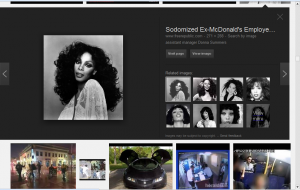News recently broke of Disney being investigated by the SEC for various bouts of financial fraud and crimes (they should also be charged with a wrongful-termination suit on top of that). But then immediately after that, news broke that Spider-man would be pulled from the MCU and suddenly everybody started talking about that and forgot about the SEC investigation. Gee, what a “coincidence” with the timing. 🙄
Shortly after the Spider-man news broke, more information came out (from Sony), saying that the reason Spider-man was pulled from the MCU was because Disney asked for too much from future movies. They were previously getting 5%, but now wanted 50%, so Sony had no choice but to say no.
It’s pretty obvious what’s going on. Disney purposely over-asked on Spider-man to force Sony’s hand and make them say no so that they would have to pull Spider-man from the MCU and make a big mess with that so that everybody focuses on and talks about the Spider-man debacle instead of the SEC investigation into their crimes. And it’s working. 🤦 The Spider-man news broke the same day as the SEC investigation and everybody switched to that.
This was clearly just a decoy to deflect attention from their crimes and keep Disney’s “family-friendly” image. ¬_¬ As soon as the SEC investigation is over, Disney will re-negotiate a real deal with Sony (or just drop the ask altogether, though considering how much Disney cares about money more than anything else in the world, they’ll probably use this opportunity to try to squeeze more out of Sony and up the ask anyway). Then, Spider-man will be back in the MCU in time for the next movie.
Oddly enough, this all worked out perfectly for Disney because the SEC began their investigation just after the last Spider-man movie came out, so it will still be a while before there will be another one, so Disney won’t lose much/any time with this fake news. The mouse wins again. 😒






